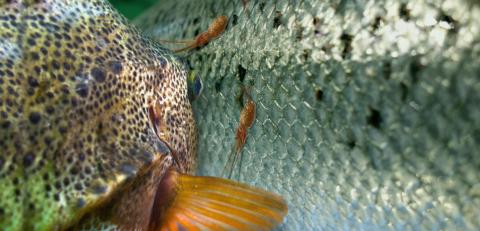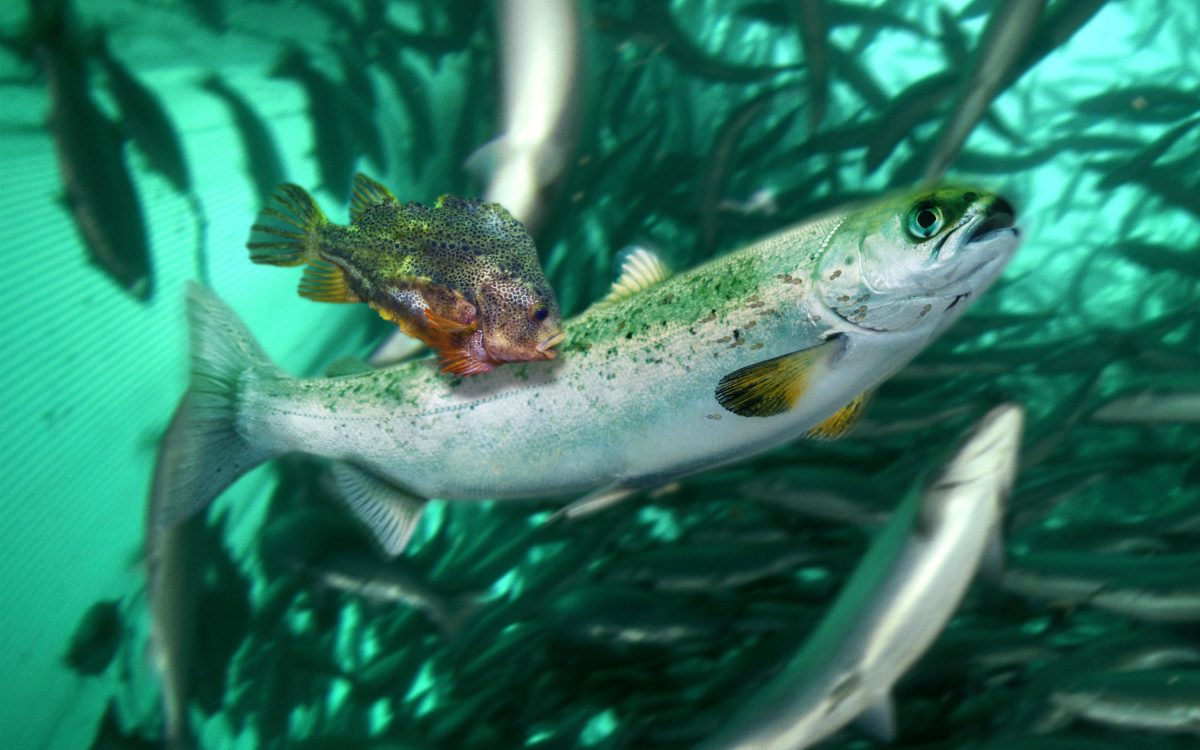
Norway is one of the biggest producers of farmed fish in the world, and the top two species reared in the country are Atlantic salmon and lumpfish—small, ball-like suckerfish native to the Atlantic Ocean.
Googly eyes and built-in suction cups have landed the particularly cute lumpfish, also called lumpsuckers, a pinch of internet stardom. But it’s the lumpfish’s taste for parasites that makes it extremely valuable to salmon aquaculture.
There’s a problem, however: these living pest-removers are sensitive to travel stress, and many die while being transported by truck or boat from the lumpfish farms where they’re born to the salmon farms where they’ll be put to work.
Now, a team of Norwegian researchers has evaluated a variety of anesthetics, testing each to see how effective it is at knocking lumpfish out. By unraveling the best way to put them under, the scientists hope to keep more lumpfish alive en route.
In Norway, the Atlantic salmon aquaculture industry has an annual haul of 1.1 million tonnes valued at more than US $7-billion. But fish faming in Norway and elsewhere is undermined by salmon lice. These parasitic crustaceans feed on the skin, blood, and tissues of finfish. In aquaculture sea pens, where their preferred hosts are housed by the thousands, salmon lice run rampant.
No one likes to use chemicals to control sea lice and sea lice build up resistance and the process of treating the fish is very stressful. Lumpfish provide an alternative to using chemicals.
In Norway, the increasing use of lumpfish to control salmon lice has propelled production of the tiny parasite-eater, and similar cleaner fish programs are taking off elsewhere.

